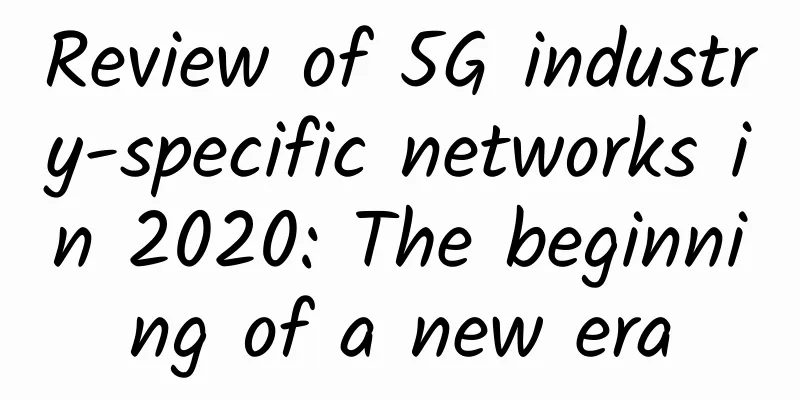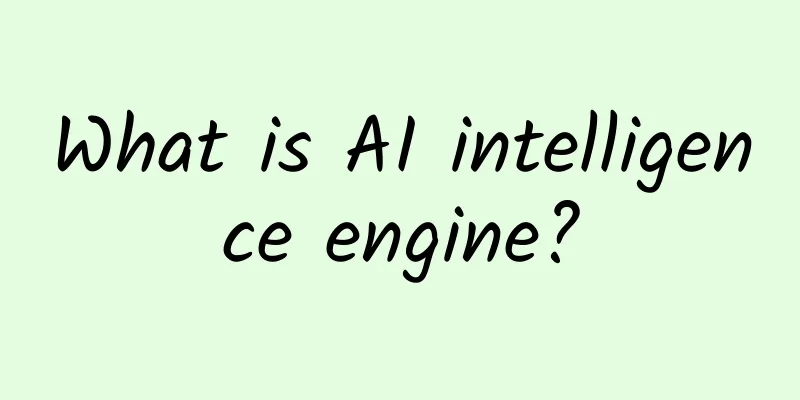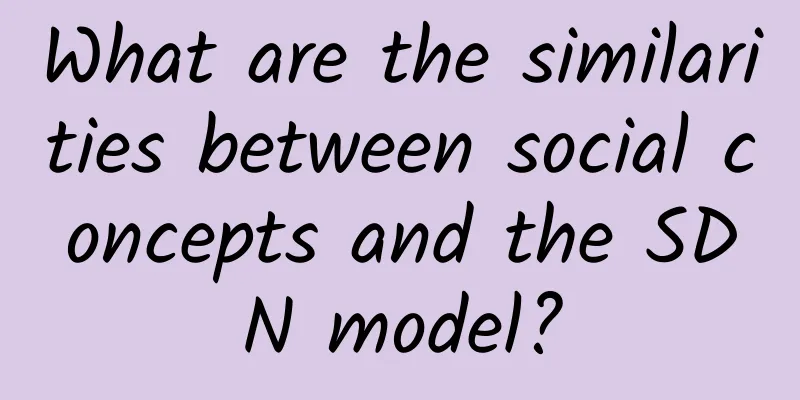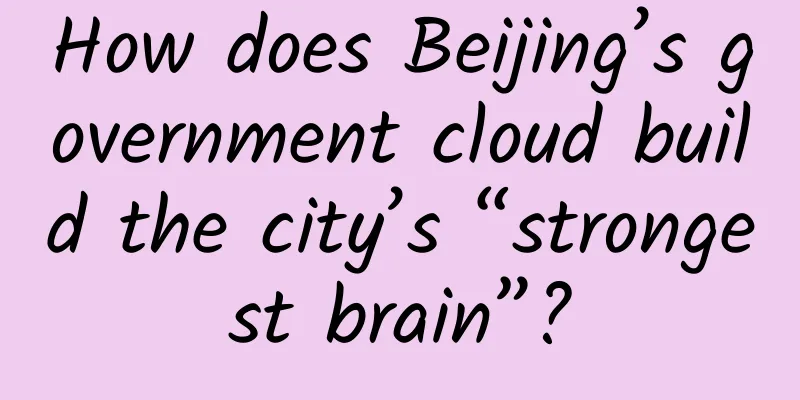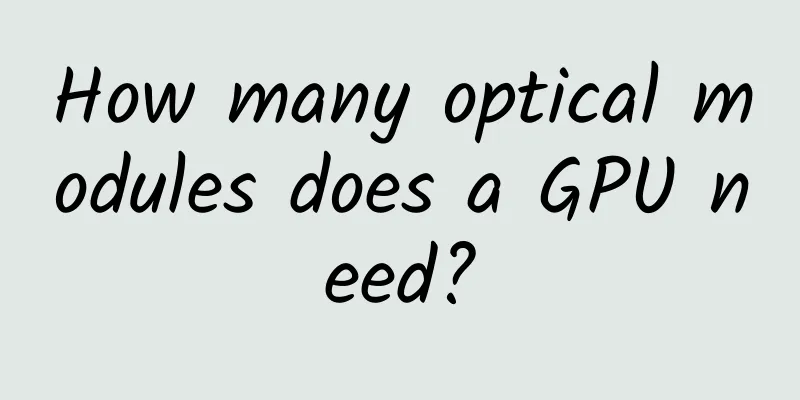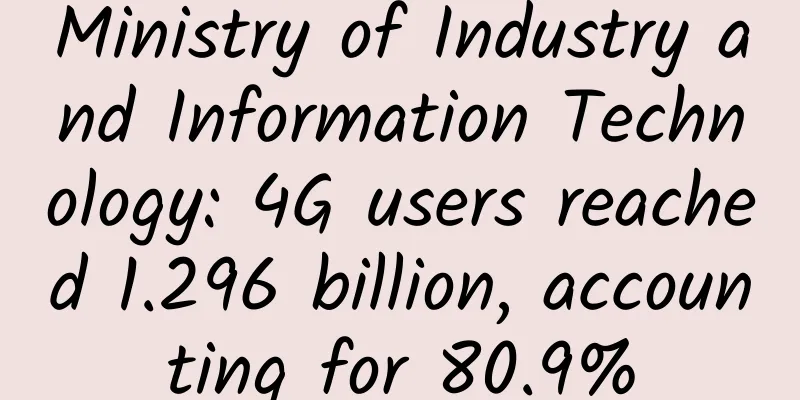5G: What it means and why we'll never need 6G
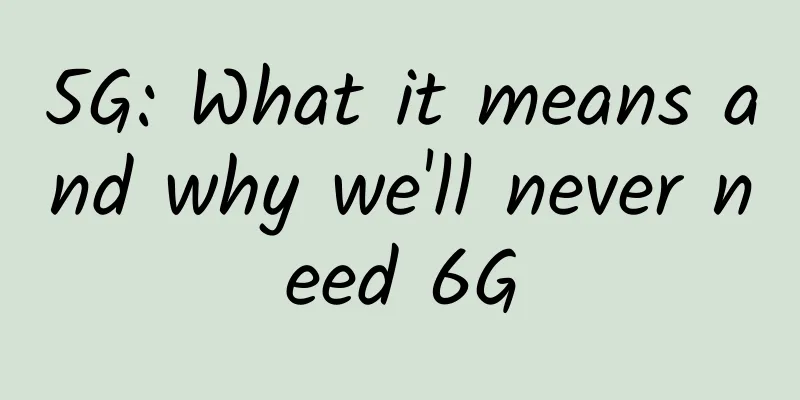
|
The launch of 5G isn’t all that far away, with rollout dates pegged between 2020 and 2022, and the technology has never been more needed. 5G network connectivity could be a major solution to current and future problems. 5G is not just about speed to provide services for the digital society, it also has various capabilities such as smart transportation links, immersive media, e-health and augmented reality overlays for the smart cities of tomorrow.
5G: What it means If 5G is to effectively meet the needs of the modern world, it will need to extend much further than our mobile phone network infrastructure. So, what does 5G mean:
5G will provide all of this while adhering to the golden formula that the cost of data transmission decreases at the same rate that the amount of data increases. Why there will never be 6G The Internet of Things (IoT) is growing so fast that every piece of technology will soon need to be wirelessly connected to the internet. This will include connected smoke detectors, washing machines, refrigerators, farm livestock sensors, thermostats, smart watches, sleep monitors, fitness bands, trash cans and street lights, as well as sensors that monitor traffic, air pollution, noise and parking. 5G will need these new innovations to create the greater value needed to ensure its success. Mesh networks will be used to allow devices to talk wirelessly to each other, and when needed, they will piggyback on each other as they find a path to the internet. Essential elements of the overall 5G vision will help free up bandwidth. Smaller macro cells will replace the large base stations currently in use, and these new base stations will use millimeter wave frequencies to transmit more data in a smaller frequency range. Compared to the coverage range of today's base stations, more millimeter wave base stations will need to be deployed, because the coverage range of these individual base stations is only a few hundred meters. Hundreds of MIMO (multiple-input, multiple-output) antennas will be used, all mounted in a small area, to send and receive multiple sets of data simultaneously at incredible speeds. It’s clear that 5G will be more than just a new mobile network infrastructure; it will use multiple forms of connectivity and, if done right, will never require 6G. |
<<: The next corner of the Internet of Things is not love, but 5G
>>: What will 5G rely on to disrupt data centers?
Recommend
The battle for power saving in 5G mobile phones
As of the end of 2020, 718,000 5G base stations h...
Analyzing the core technology behind 5G: beamforming
Virtual reality, drones, and autonomous driving, ...
How to build a faster fiber optic network infrastructure?
Fiber optic network infrastructure is the backbon...
The future of high-speed connectivity: Embedded non-volatile memory in 5G networks
In the fast-paced world of technology, the demand...
New weapons for operators in the 5G era: edge computing and network slicing
China's 5G construction is in full swing. Acc...
5G will play a key role in driving semiconductor market growth
According to foreign media reports, the much-anti...
The bitterness and helplessness of the three major operators due to repeated delays in 5G packages
In June, the three major operators who obtained 5...
A must-have for interviews! 15 classic questions about TCP protocol!
[[410649]] Preface TCP protocol is a must-know kn...
Qianjia Viewpoint | Simplifying Smart Cities
Challenges facing smart cities When designing a s...
The hidden business opportunities of public telephone booths
The embarrassing survival status of public teleph...
spinservers San Jose China Telecom network independent server simple test
A few days ago, the tribe shared the test informa...
"Disruption" or "Pie in the sky", what is the charm of OpenRAN?
OpenRAN (Open Radio Access Network) seems to be v...
5G popularization is further promoted, and 5G messaging may be commercially available in mid-to-late October
[[426636]] At the 5G Message High-level Forum of ...
RG-CT7526 series cloud terminal released: ARM architecture hardcore warrior, performance soared 107%
In recent years, the rapid development of domesti...
What exactly is Wi-Fi 6?
Wi-Fi has been around for more than two decades, ...
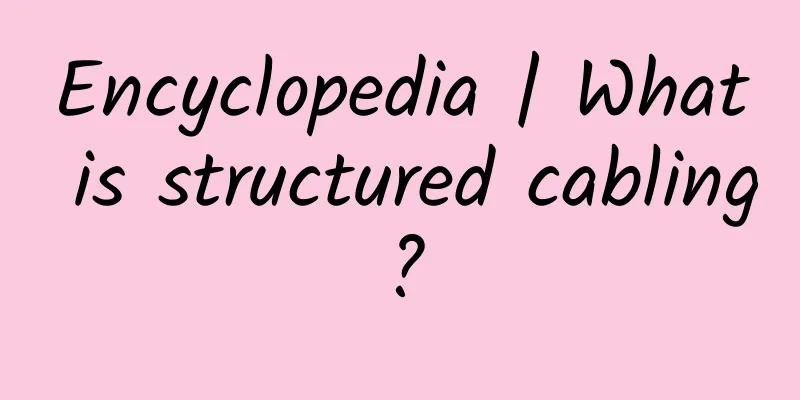
![[Black Friday] VIRPUS SSD VPS 70% off, Seattle VPS monthly payment 1.5 US dollars and annual payment starting from 15 US dollars](/upload/images/67cac21c05b84.webp)
